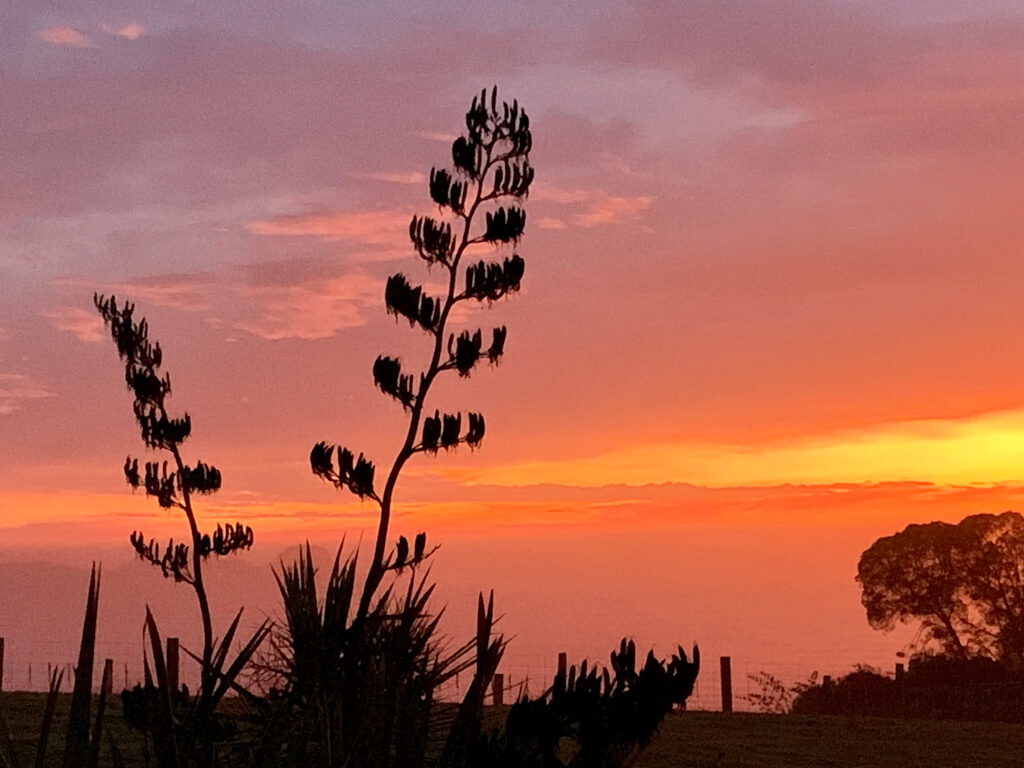Project Leader(s) Dr Matthew Desmond (UoO)
Project Team Duong Lee (UoO)
Kelp forest ecosystems, specifically those dominated by Macrocystis pyrifera form the backbone of many of New Zealand’s most productive and culturally important fisheries. M. pyrifera is known by many names around the world but for the purpose of this project we will use the name Kōauau, the name used by Ngāi Tahu meaning flute, as the bladders can be dried and played as a musical instrument (Pers comms Brendan Flack). Habitats created by kōauau offer services to the wider ecosystem by buffering against the negative effects of ocean acidification, taking up excess land derived nutrients, regulating coastal sediment dynamics and dampening wave force along shorelines. There is a strong anecdotal narrative, and rapidly emerging empirical evidence, that many of New Zealand’s kōauau forests have undergone a decline or have been completely lost in some regions. The main drivers of this loss are increased sea surface temperature (SST), invasion by Undaria pinnatifida and a combination of reduced light availability and increased sedimentation from terrestrial runoff. A decline or loss of such a prominent ecosystem engineer has resulted in a decline in fisheries output, a reduction in the services and values they provide and a cultural disconnect from traditional ways of life. Restoration and buffering of kelp forest ecosystems is essential to rebuild the productivity and resilience of such a valuable resource in a climate that will inevitably continue to erode them if intervention is not taken.

